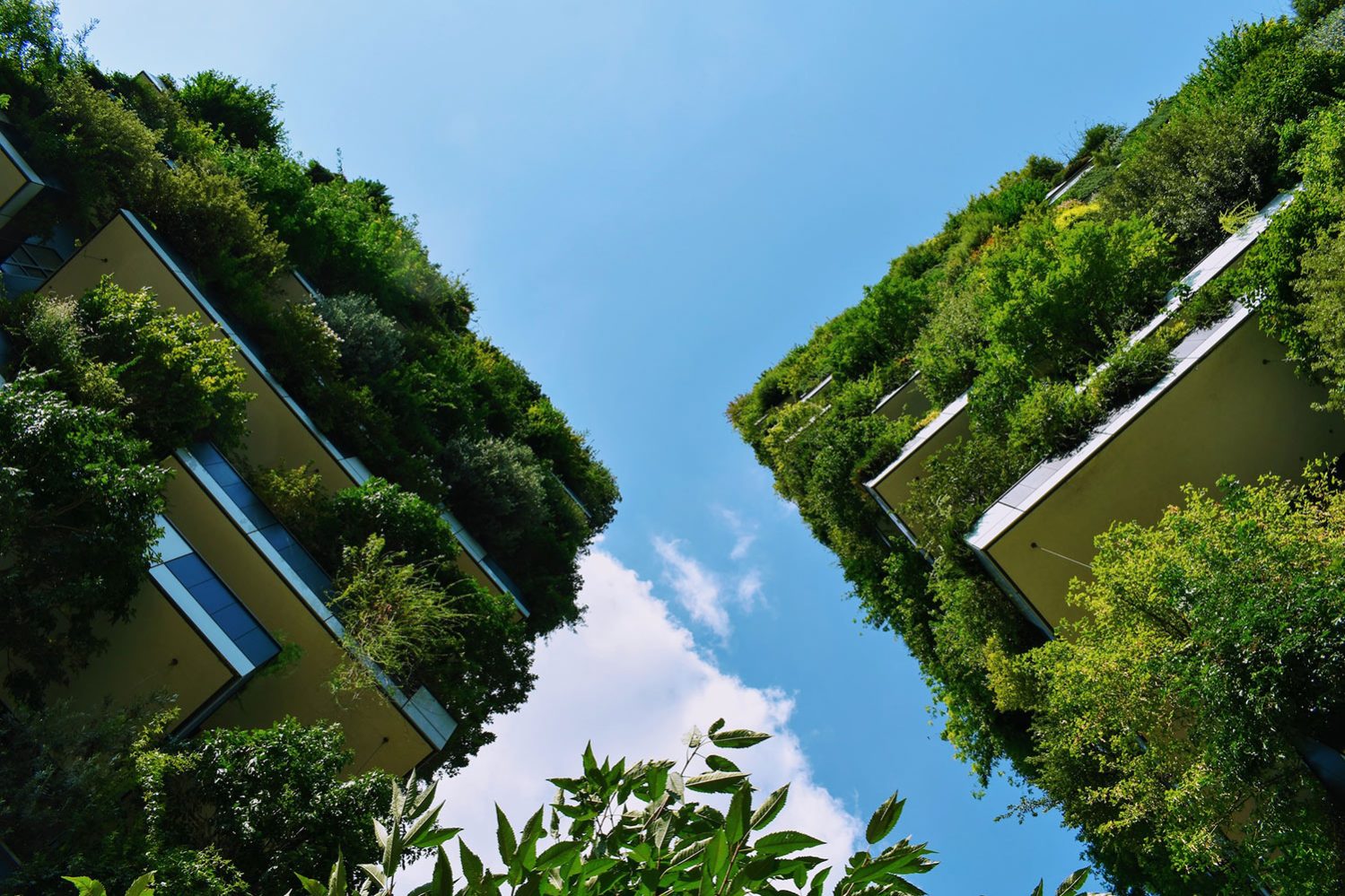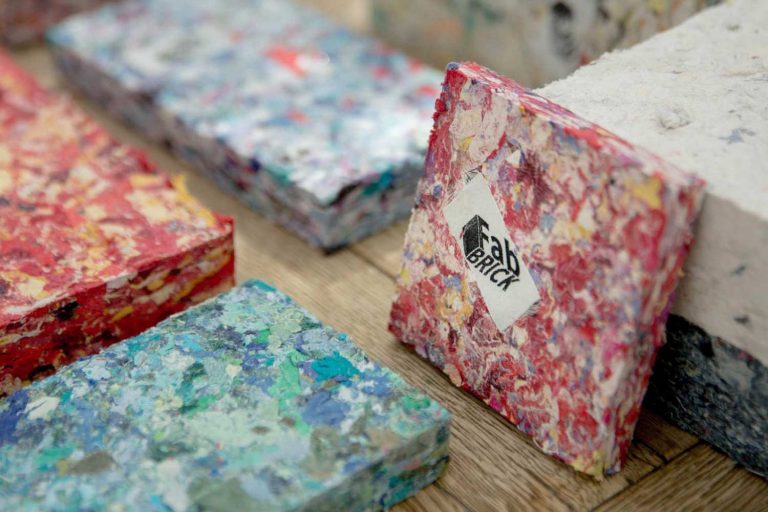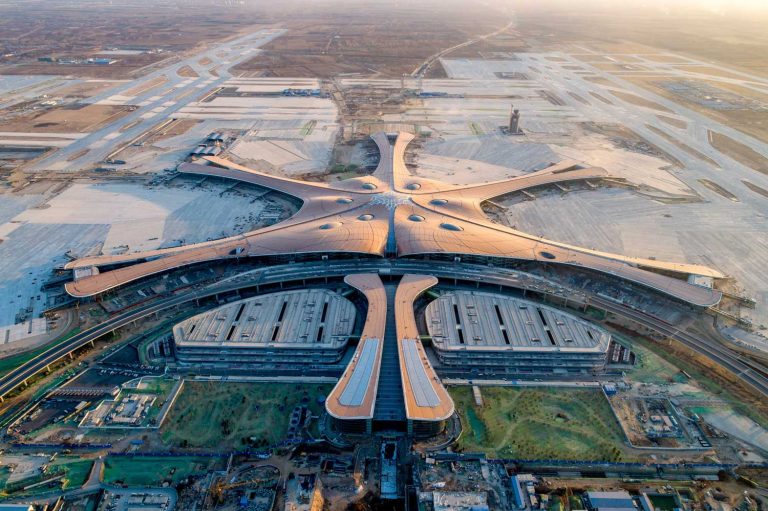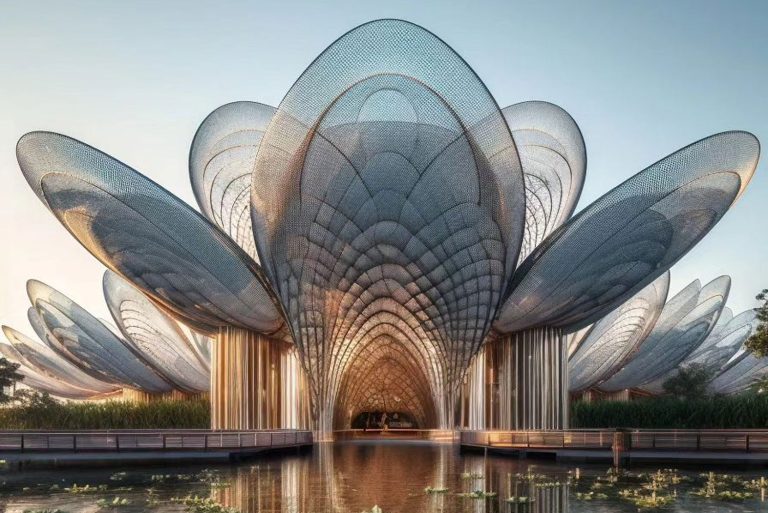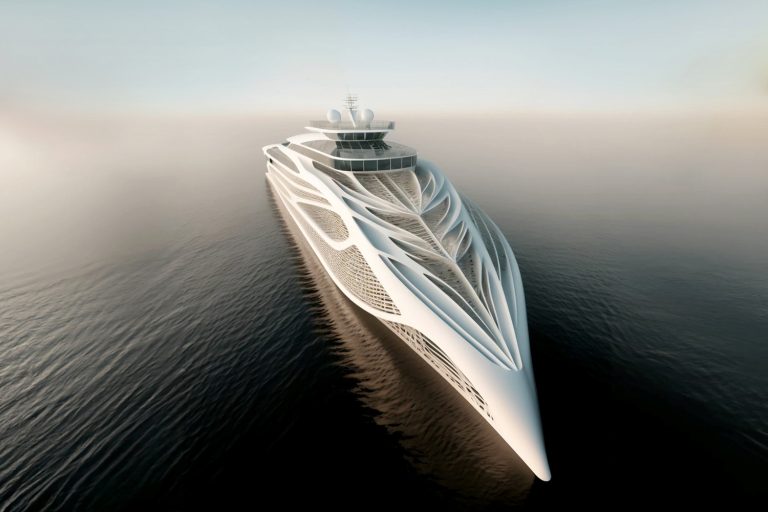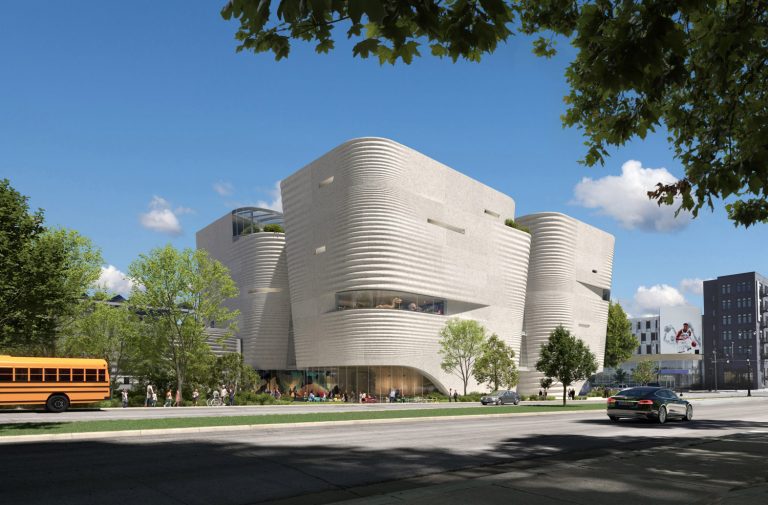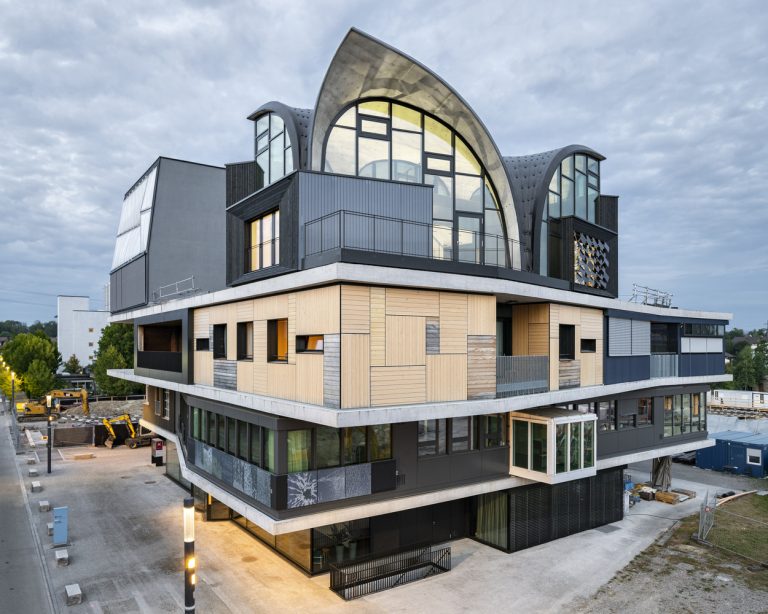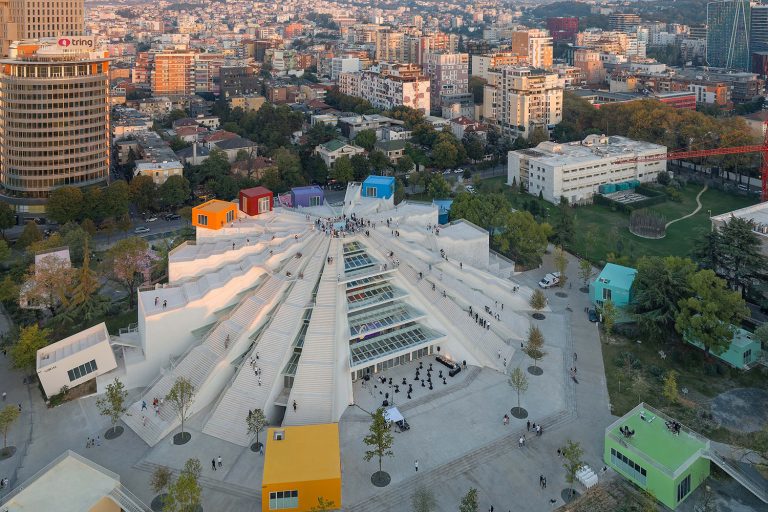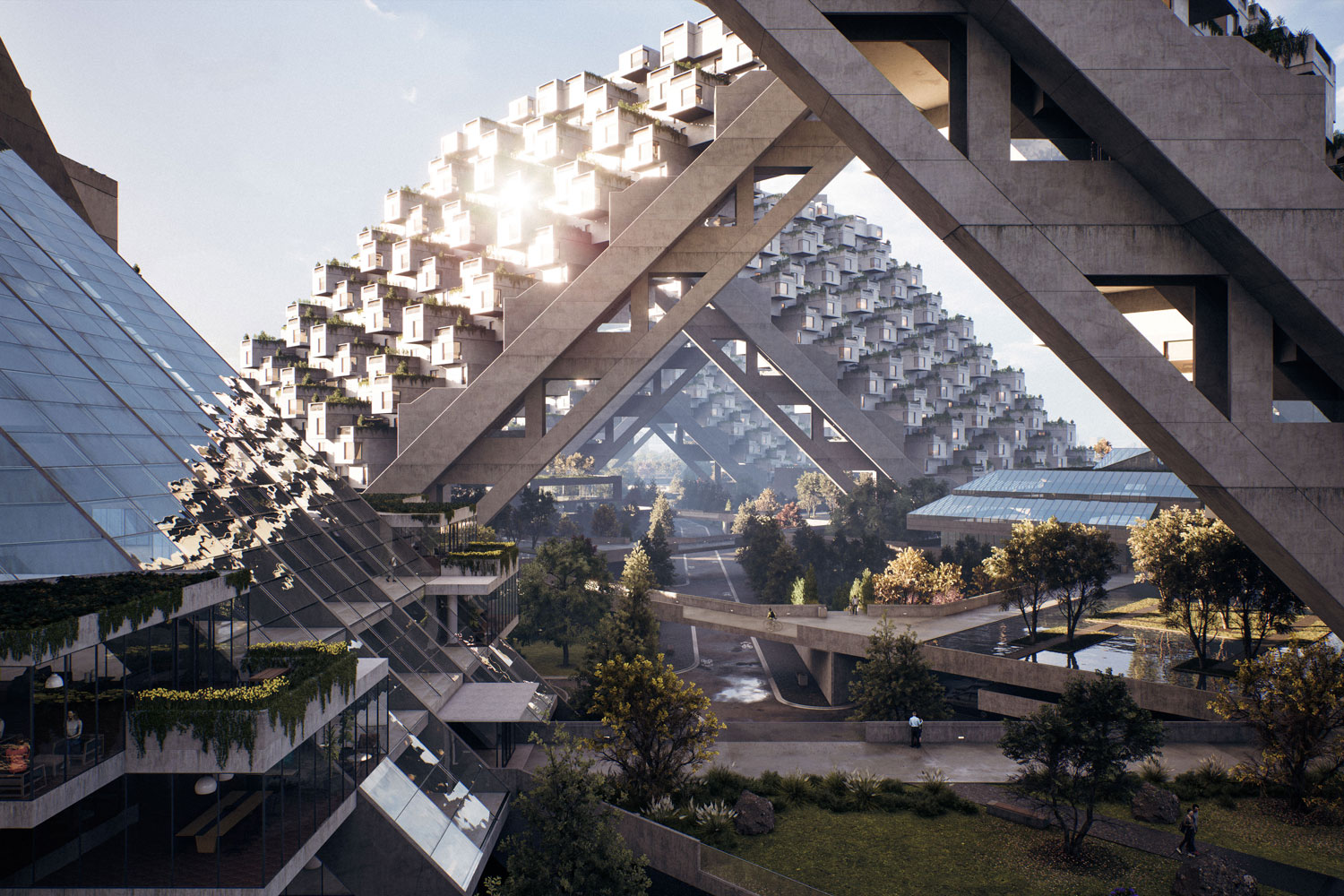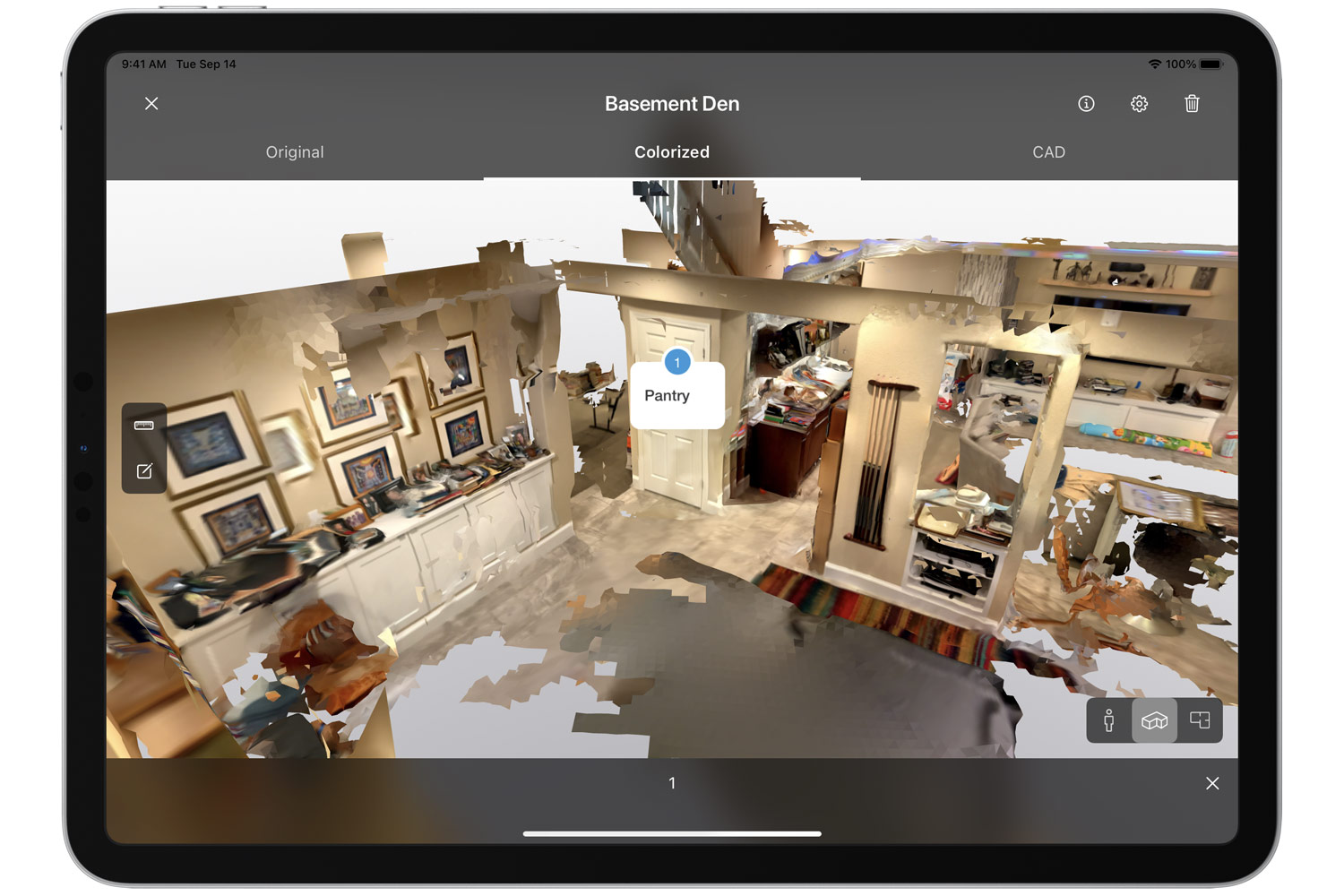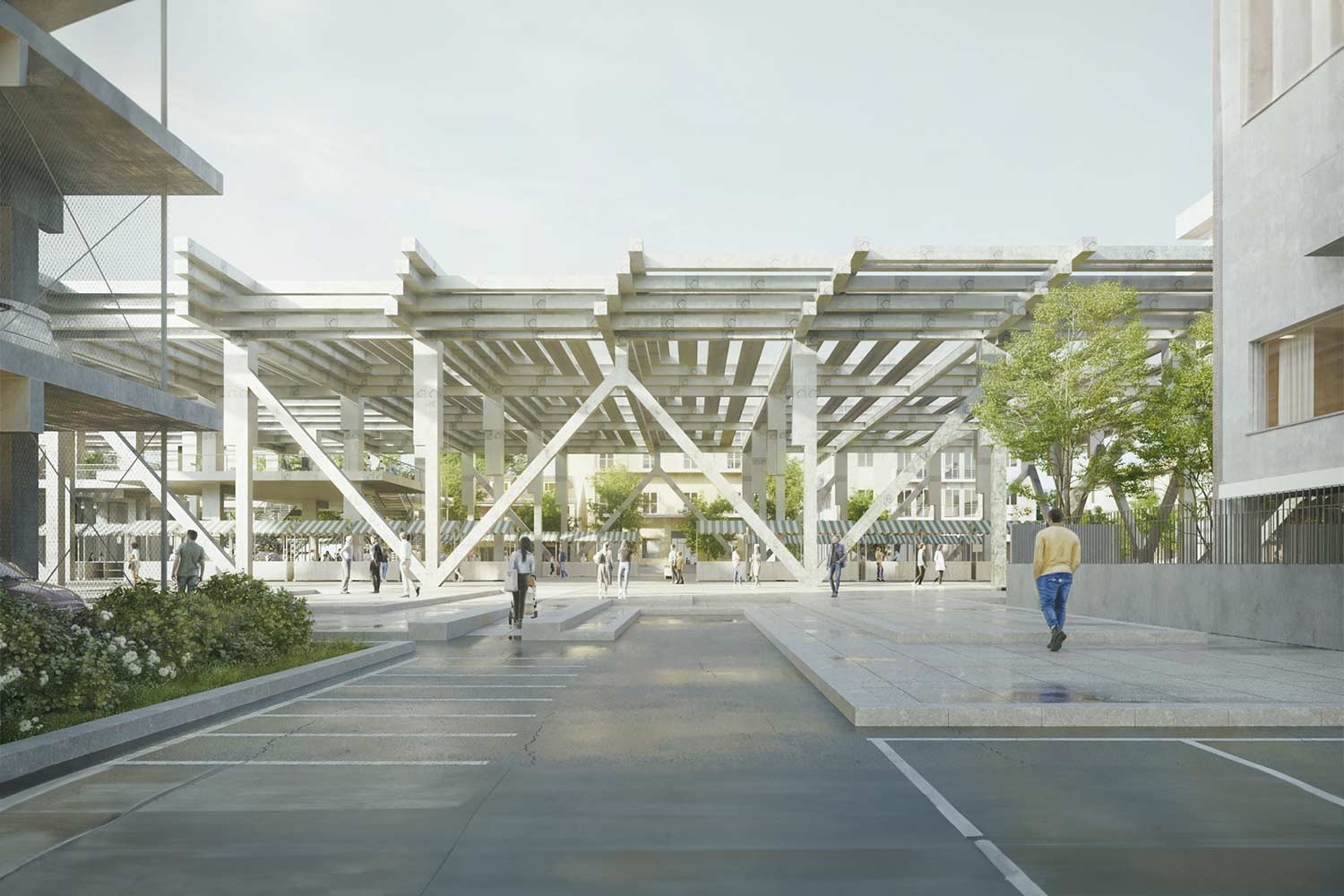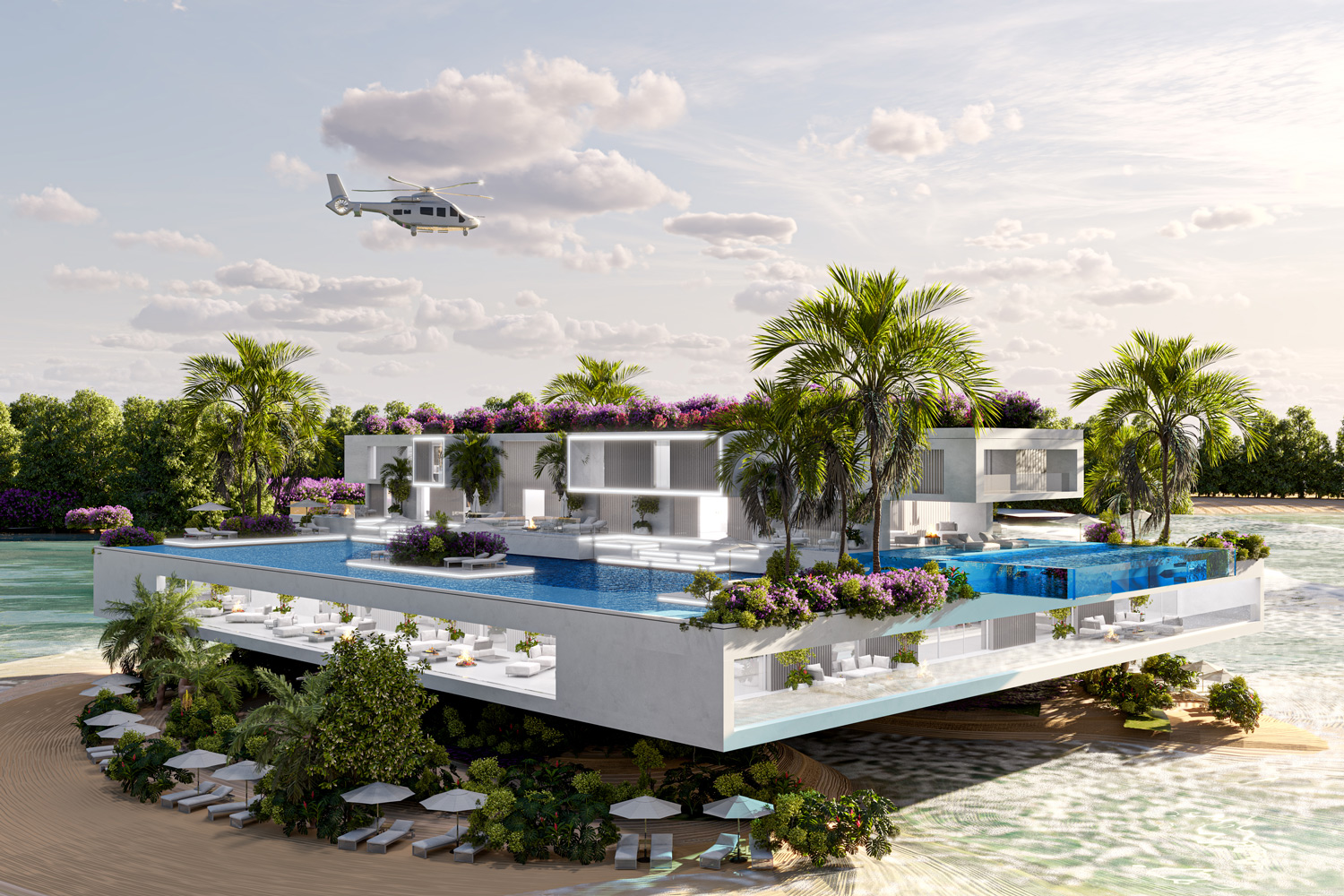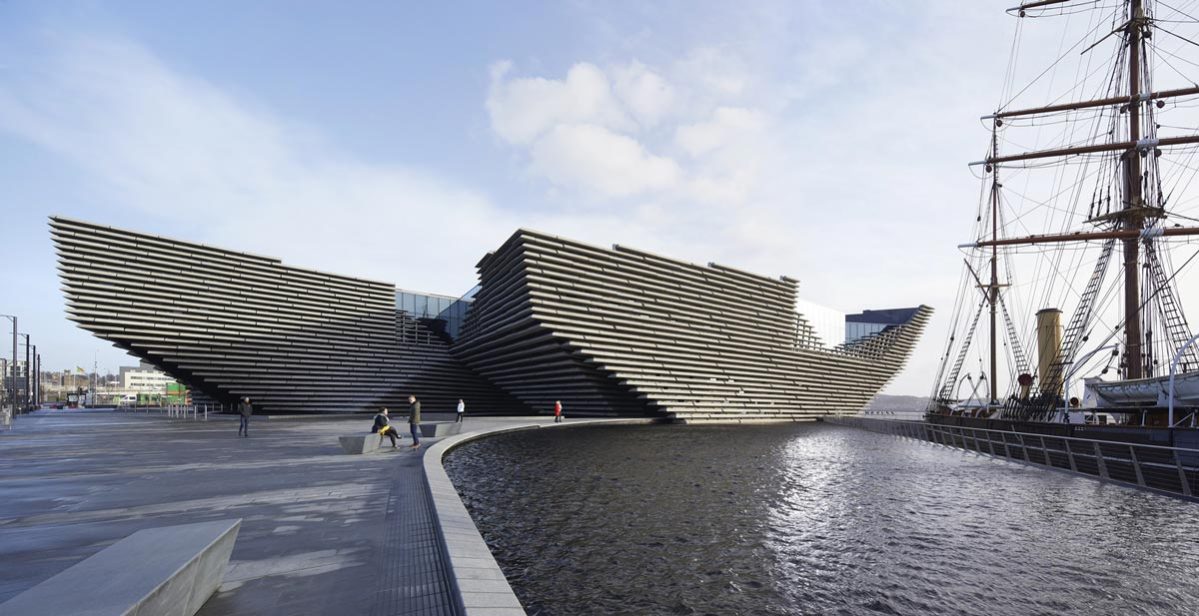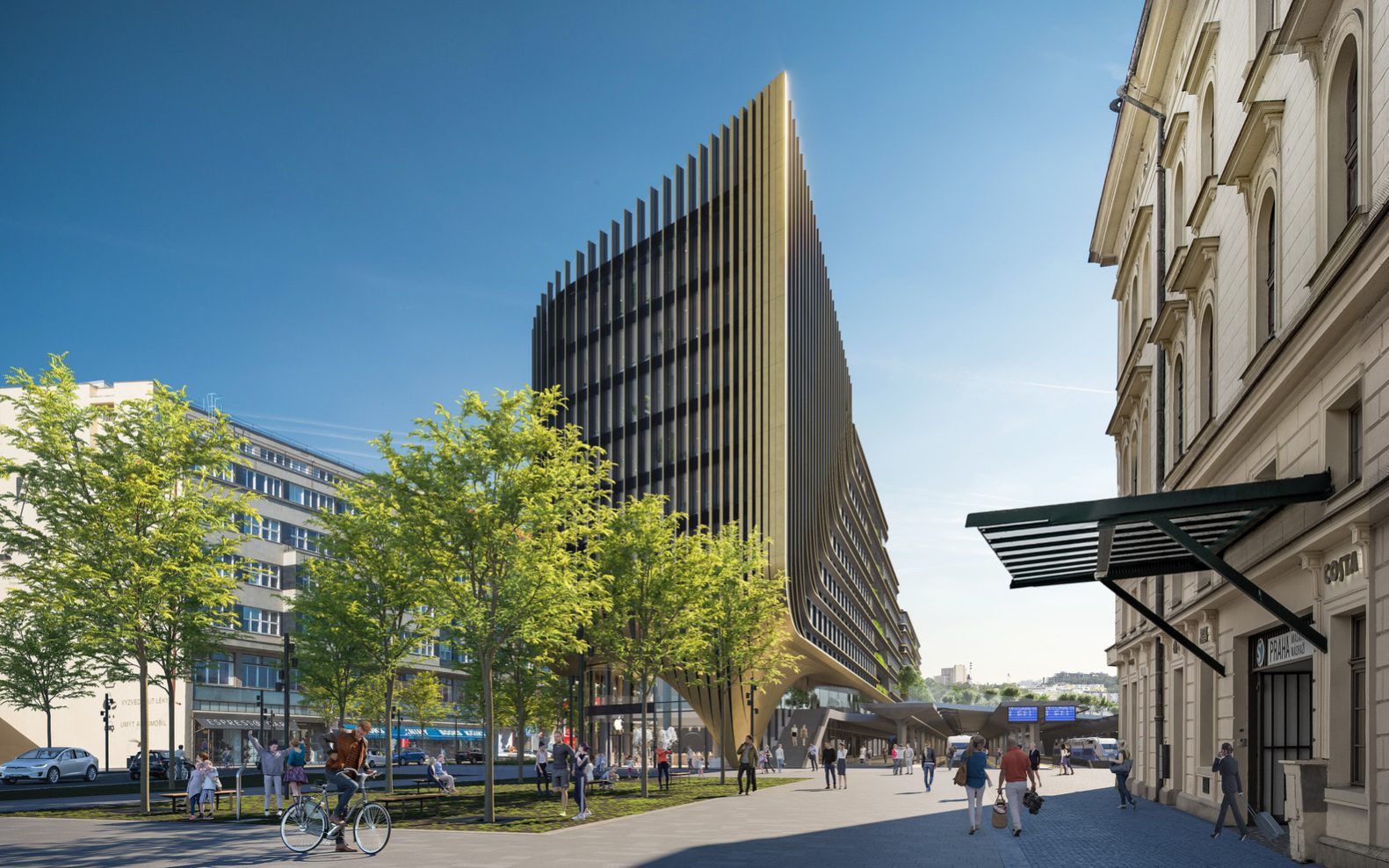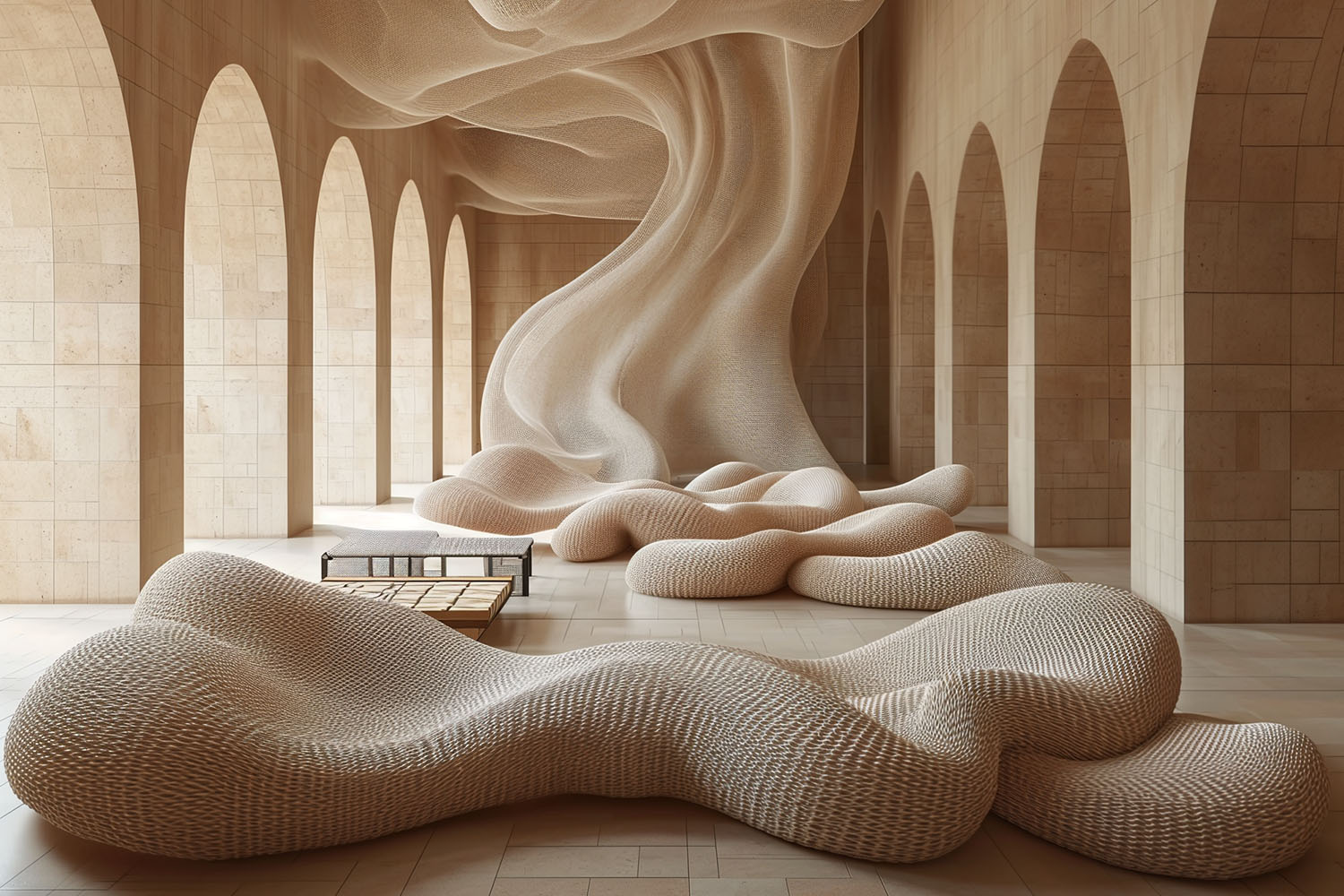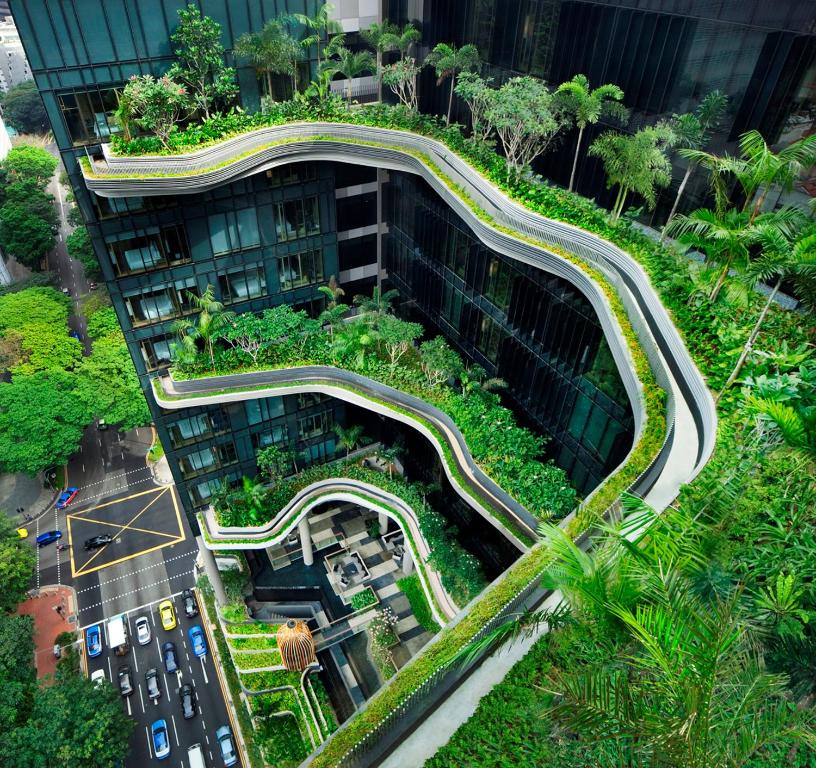
The construction industry is a constantly evolving/growing sector. The modern-day industry, from design to the construction stage tends to incorporate the aspect of green and sustainability. A green material, what comes to one’s thoughts are plants, greenery, and landscape, but it is much more than that. Green materials are considered environmentally friendly and sustainable to the environment.
As architects, designers, and builders always strive towards change and innovation. With time our planet is susceptible to pollution, global warming, and many hazards. Designers can bring change to the environment and society through the structures designed. Each building design should be sustainable and environmentally friendly concerning building and material.
Construction industry
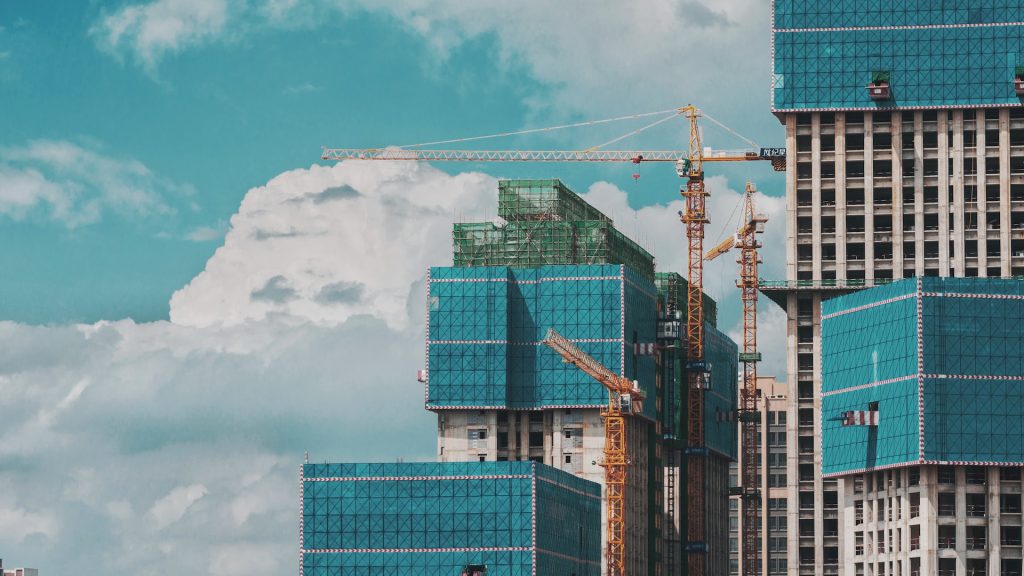
The construction sector is an evolving sector, primarily responsible for 23% of Air pollution, 40% of Water pollution, and 50% of Landfill waste. Materials hold the city together literally and figuratively, but most materials used in the construction industry are harmful to the environment with time. With the flow of time, change and innovation in designs are as important as the whole structure being environmentally conscience. The building is designed to be sustainable and green to the environment.
What are green materials?
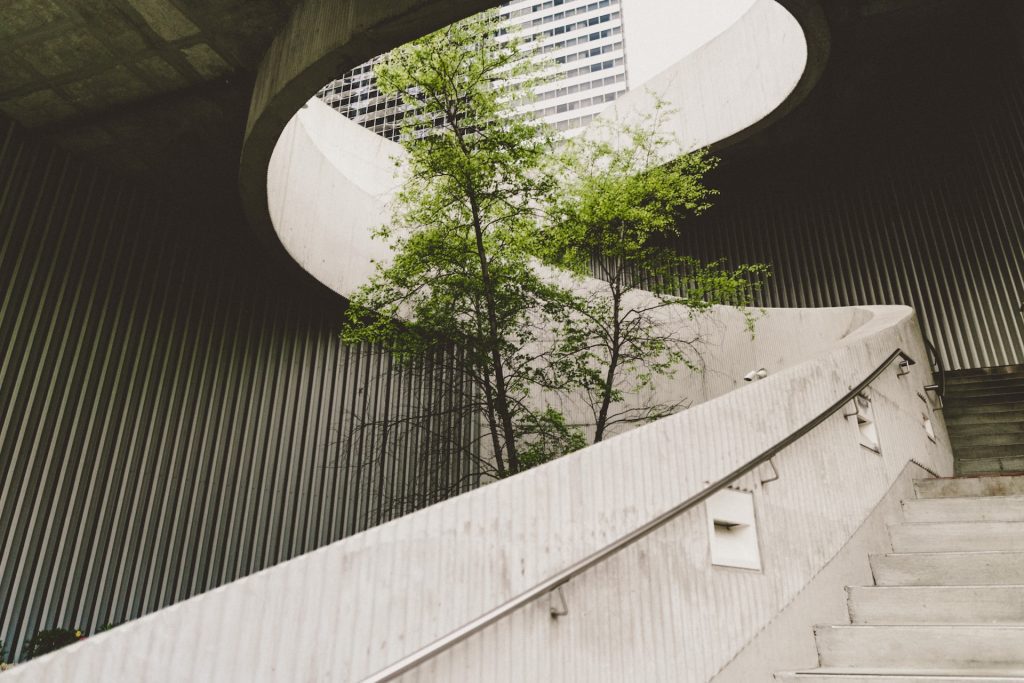
A material with a low environmental impact value is considered a green material/product. The implementation of green materials can help reduce carbon footprint and the dangerous effects on the environment. Green building materials can help create a sustainable structures and less hazardous to the environment.
Some of the principal criteria for selecting green materials are as follows;
a. Resource efficiency
b. Affordability
c. Less carbon footprint
d. Energy Conservation
e. Design flexibility
Some of the green materials that are used in the construction industry are;
a. Rammed Eart
b. Bamboo
c. Engineered wood
d. Slate
e. Fibre Cement
f. Pre-cast concrete
g. Non-VOC (Volatile organic compound) paint
h. Polyurethane
Rammed earth
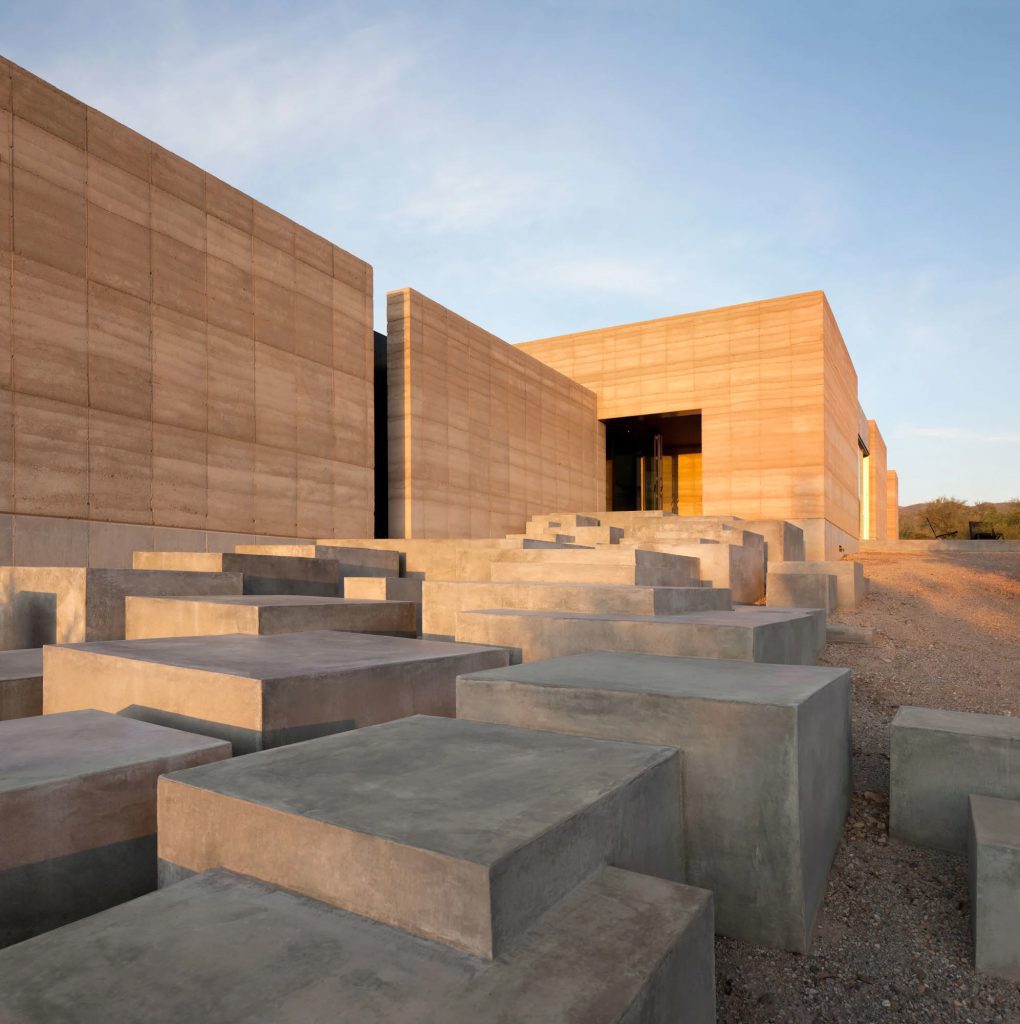
The dirt under your feet is the most traditional material used for centuries and lasts for a long time. This vernacular green material is affordable, has less carbon footprint, and is efficient hence it is a preferred material then and in years to come. It is used for walls, blocks, foundations, floors, etc. The material construction has also evolved with time.
The primary reasons for choosing rammed earth for construction;
a. Good fire Resistance
b. Good strength (Can be used as masonry for load and non-load bearing walls)
c. Low-bodied energy material
d. High moisture mass (Regulates humidity)
e. Non-toxic material
Bamboo
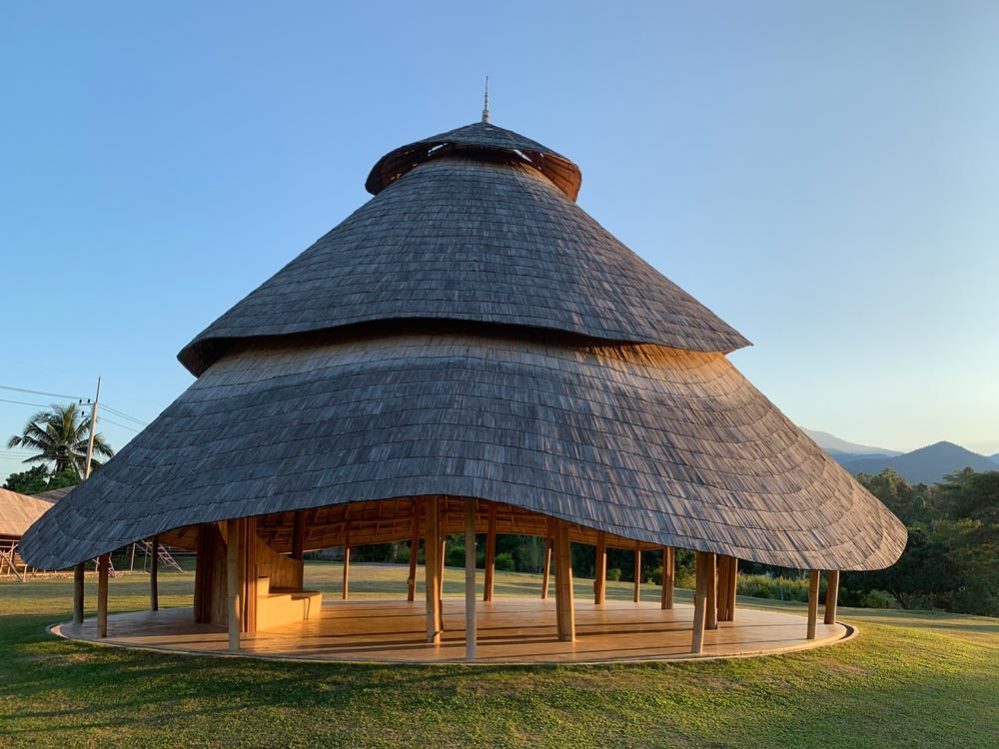
Bamboo is considered the future material of green/sustainable architecture. The versatility of this material is what attracts designers since it can help to implement unique designs. This locally sourced material is grown in many regions across the world. Bamboo can be utilized for building majestic structures that are green and nature friendly. This framing material is applicable for wall frames, roofing, foundation, and window/door frames. Bamboo can be utilized for building large-span forms to modular size forms, which speaks about its versatility.
The primary reasons for choosing bamboo for construction;
a. Elasticity and Light weight
b. Good fire resistance
c. Cost-effective
d. High tensile strength than steel
e. Easy transportation and to work with
f. Versatile application (Temporary and Permanent structures)
Engineered wood
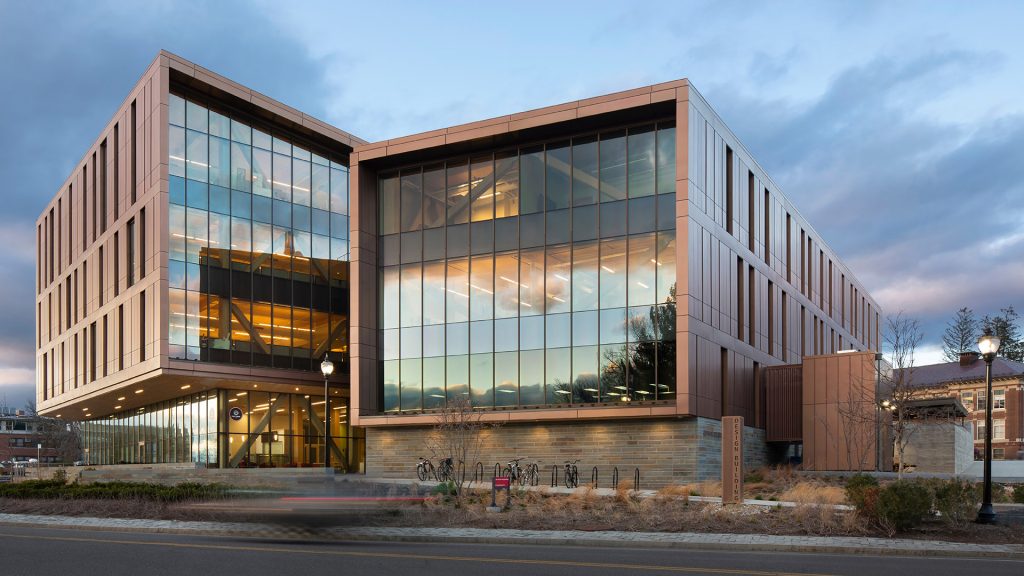
Wood is one of the most frequently used materials all over the world. Engineered wood is similar to solid wood, but it is a more eco-friendly and green material. The timber plank-making process leads to the wastage of timber parts. Timber waste can be utilized further in planks, boards, doors, and window frames referred to as engineered wood. The material is versatile and can apply to various designs.
The primary reasons for choosing engineered wood for construction;
a. Multiple application ranges (Outdoor and Indoor)
b. Cost effective compared to solid wood
c. Flexible in nature
d. Better Water resistance
e. Lightweight compared to solid wood
Some of the types of Engineered wood are;
a. Particle board
b. Plywood
c. Plyboard
d. Blockboard
e. MDF – Medium-density fibreboard
f. HDF – High-density fibreboard
g. Veneer
h. Composite board
i. Glulam (Glued laminated lumbar)
j. Cross-laminated timber
Slate (Type of stone)

Slate is a metamorphic stone, a naturally found building material used for ages together. It is similar to other stone materials and is known for its sustainable/environment-friendly properties. Slate material has also evolved in terms of applications like roofing, cladding, paving, flooring, landscaping, wall covering, etc. This natural stone has a low environmental impact, hence is the best choice for design construction. Today slate is known for its green credentials as a material. With its versatile properties and aesthetic appearance, it is a desirable material among architects and designers.
The primary reasons for choosing slate/stone for construction;
a. High durability
b. Water and Fire resistance
c. Less maintenance
d. Reduced carbon emission for the structure
e. A hundred years life expectancy
f. Anti-stain character
Fibre Cement
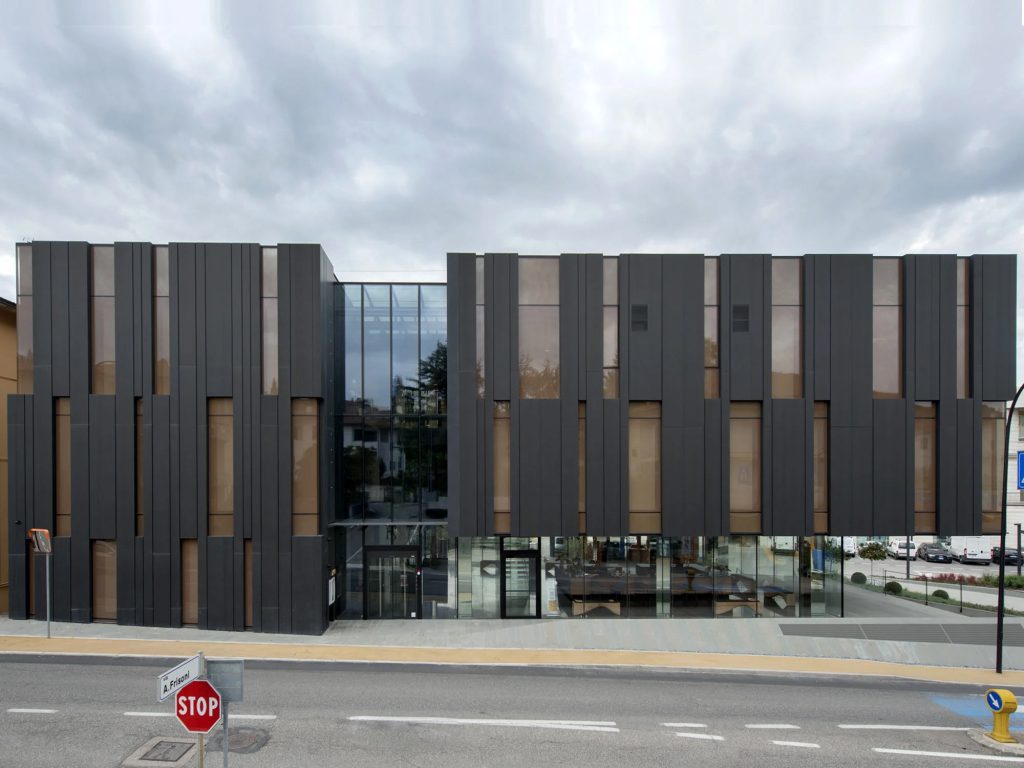
Fibre cement or Fibre reinforced cement (FRC) is a composite material with sustainable characteristics, a popular green building material. Fibre cement can be made into various custom designs and can be designed to look like other materials like wood.
The components of Fibre cement are;
a. Portland cement (Binds ingredients)
b. Cellulose fibres (Filler)
c. Sand (Resilience)
d. Water (Activate and Hardens)
The materials used to make fibre cement are recyclable and reusable. Fibre cement is utilized for roofing or cladding material. Fibre cement has a high life span hence preferred for construction. Some products of fibre cement are panels, sheets, boards, planks, pipes, etc.
The primary reasons for choosing fibre cement for construction;
a. Resistant
b. Long-lasting and less maintenance
c. Non-combustible
d. Extremely durable
e. No maintenance
f. Fibre cement products are easy to work with
Pre-cast concrete
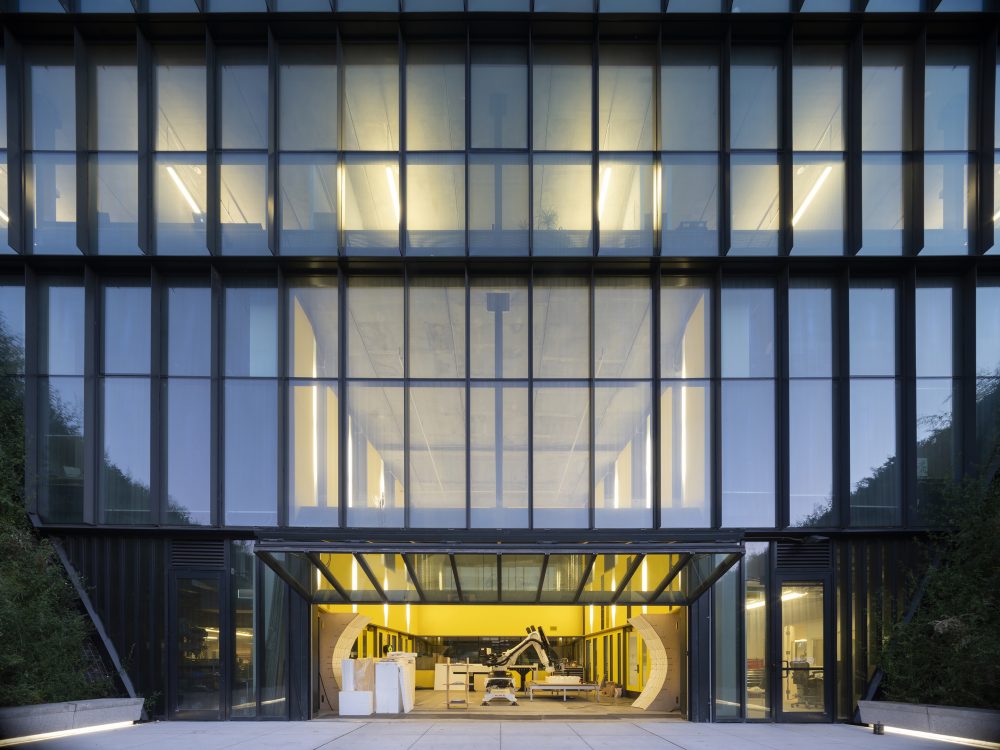
Pre-cast concrete is formed at the factories/manufacturing place and transported to the construction site. The manufacturing process done off-site is done under controlled temperature and humidity conditions. Pre-cast concrete is much more sustainable in comparison to ordinary concrete. Pre-cast concrete takes a lesser amount of time and energy to produce. It is used for walls, slabs, building façade, roofs, etc.
Some pre-cast structural elements are;
a. Precast Beams
b. Precast Floor slab
c. Precast Columns
d. Precast Stairs
e. Precast Foundation
f. Precast pipes
g. Precast paving slabs
The primary reasons for choosing precast concrete components for construction;
a. Good indoor air quality with precast components
b. Aesthetic appearance reduces the cost for finishes
c. Faster installation process
d. Easy to handle on-site
e. High durability
f. Good fire resistance
Non-VOC (Volatile organic compound) paint
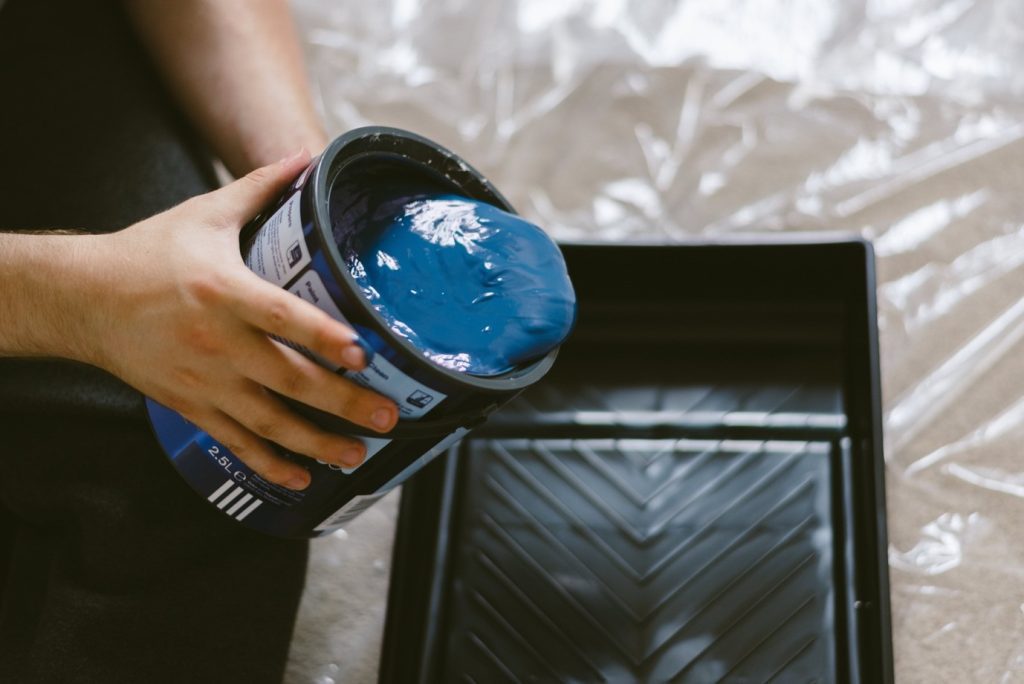
VOC (Volatile organic compound) is a toxic substance that flies in the air and vaporizes quickly are considered harmful to one’s health and the environment. VOCs are present in paints, cleaning and adhesive products, etc. When VOC is inhaled causes irritation and health issues to the lungs, breathing tracts, etc.
Some of the health issues caused by VOC products;
a. Irritation of eyes, nose and throat
b. Allergic reaction to skin
c. Head aches
d. Fatigue
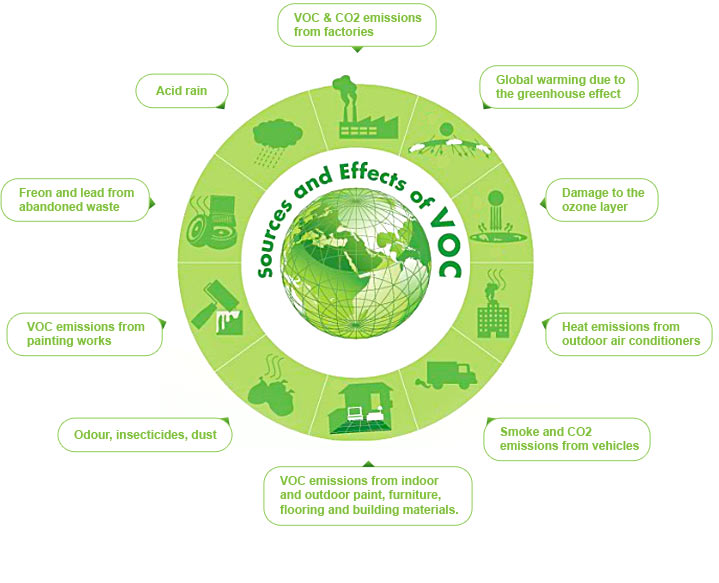
Non-VOC paints are considered more than VOC-containing paints due to their sustainable property. Some characteristics say one must avoid VOC paints/adhesives;
a. High Odour
b. Contribute to health issues
c. Worse for the environment
Some of the sources and VOC effects the health and the environment;
Non-VOC paints or paints with lesser traces of VOC are preferred over High VOC content paints due to their less harmful impact. The primary reasons for choosing non-VOC-containing paint for construction;
a. Less health impact.
b. Less Odour
c. Durable paint
Polyurethane
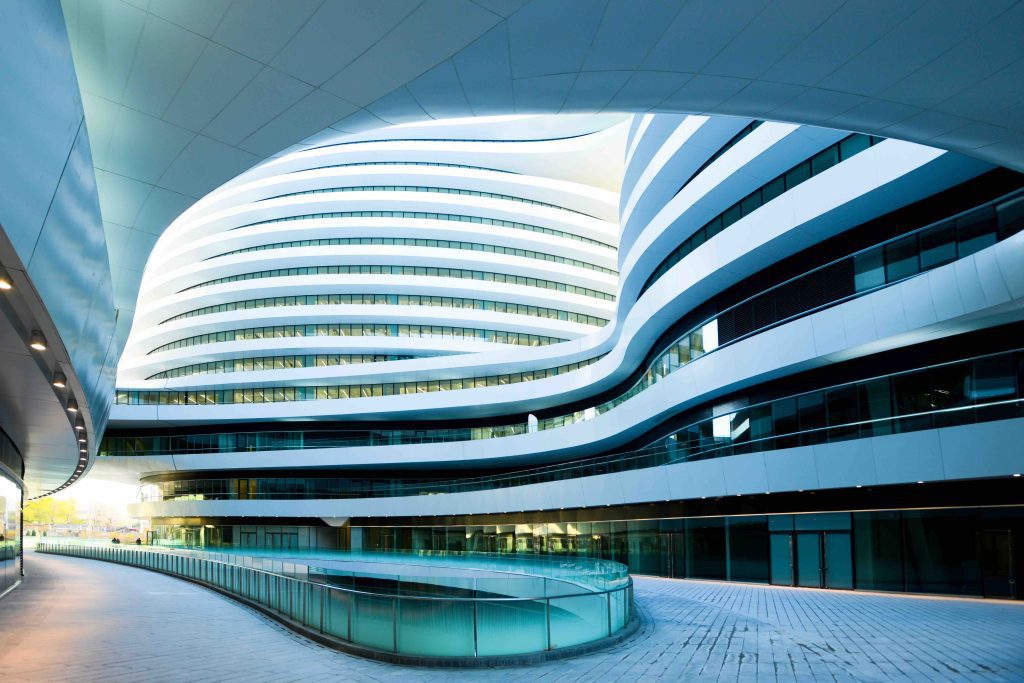
Polyurethane refers to an organic polymer compound, that is used in creating high-performance and lightweight building products. It is available in form of a spray, which is directly sprayed onto the surfaces. After being sprayed on the surface it expands and then hardens to form a layer. The material is primarily used for insulation purposes.
The primary reasons for choosing polyurethane for construction;
a. Flexible form material
b. Lightweight
c. Easy application
d. Applicable on any surface
e. Long service life
f. Durable
g. Self-applied by any individual
Some other green materials used for construction;
a. Glass fibre
b. Recycled building material (Wood, Plastic, Concrete, Masonry, Bricks)
c. SIP (Structural insulated panel)
d. Natural fibres
e. Polystyrene
f. Composites
Green materials are the new future of materials that help create a sustainable/green environment and future. Green materials have a good impact on a building and environment by improving air quality, reducing building maintenance and repair, energy conservation, etc.



